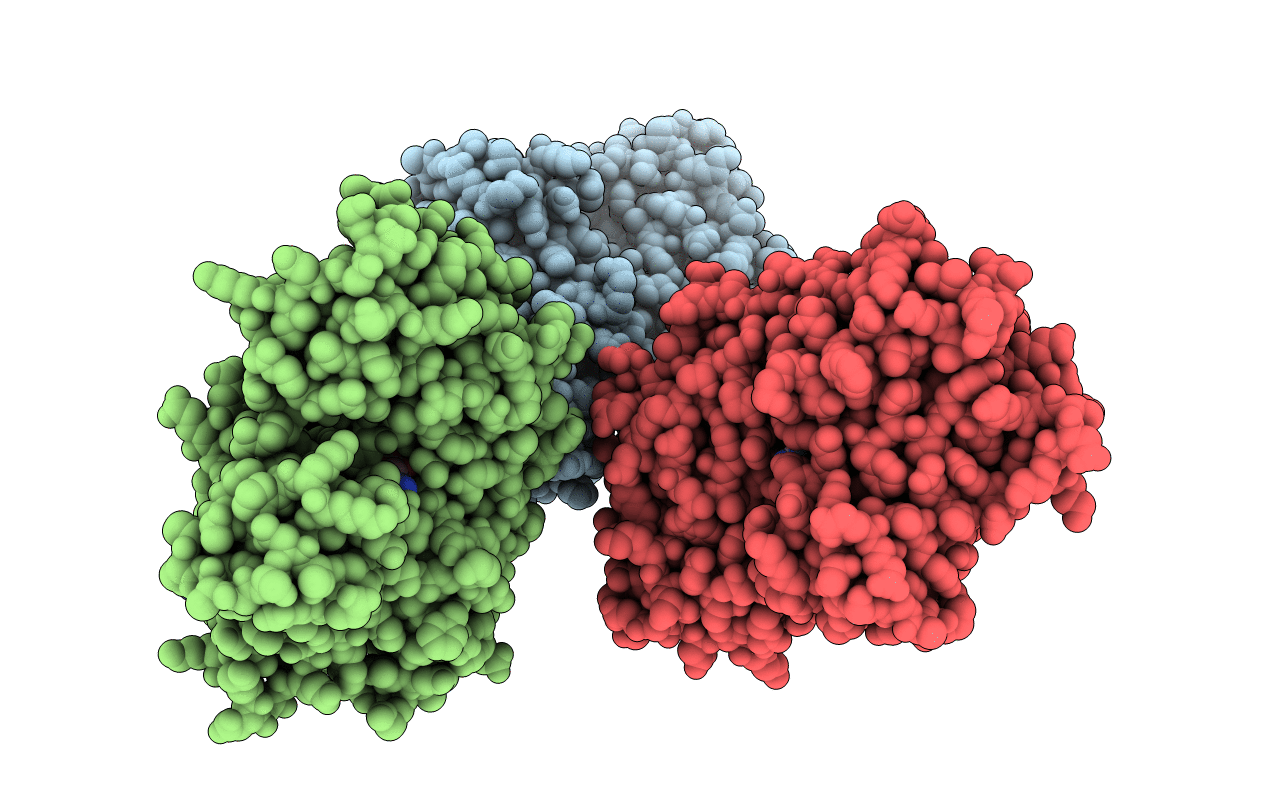
Entry Detail
PDB ID:
3QE0
Keywords:
Title:
A Galpha-i1 P-loop mutation prevents transition to the activated state
Biological Source:
Source Organism:
Host Organism:
PDB Version:
Deposition Date:
2011-01-19
Release Date:
2012-01-25
Method Details:
Experimental Method:
Resolution:
3.00 Å
R-Value Free:
0.29
R-Value Work:
0.24
R-Value Observed:
0.24
Space Group:
P 61 2 2


